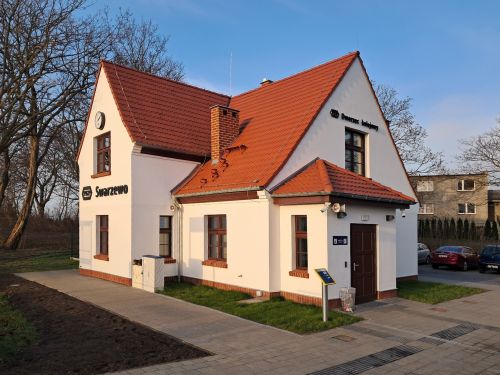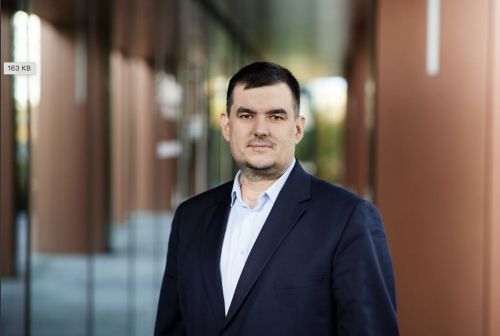While taking the floor in the discussion on how to find savings in the municipal investment projects or, in other words, how to better rationalize investment expenditures, I would like to draw attention to methodological aspect of this issue. By this I mean the approach towards balance efficiency of investment projects. I believe that in order to obtain visible results while optimizing the projects planned by units of the local governments, it is necessary to let investments’ preparations rely to a greater extent on the rolling costs of these investments. It is about basing the project calculations on the so-called TOTEX (Total Expenditures), namely the project’s total costs. Up until now, it has been a common practice that – depending if the entity that is running the project is responsible for the investment’s preparation and execution only or also for its further use – the focus has been placed on the optimization of a single stage. Put differently, suc






























































Modular construction becomes more prominent
Modular construction becomes more prominent
After a temporary slowdown, the modular construction market in Poland continues to expand in 2025. Although the sector faces challenges such as high material costs and investment f ...
Spectis
EXPO REAL 2025: From survival mode to selective recovery
EXPO REAL 2025: From survival mode to selective recovery
This year’s EXPO REAL in Munich marked a noticeable shift in tone across industry conversations. Following a period of uncertainty and postponed investment decisions, the com ...
Axi Immo
Are lease agreements in retail parks still triple-net?
Are lease agreements in retail parks still triple-net?
The lease agreements concluded for retail parks increasingly feature solutions that differ from the classic Triple Net Lease agreements, particularly as regards the settlement of o ...
CMS